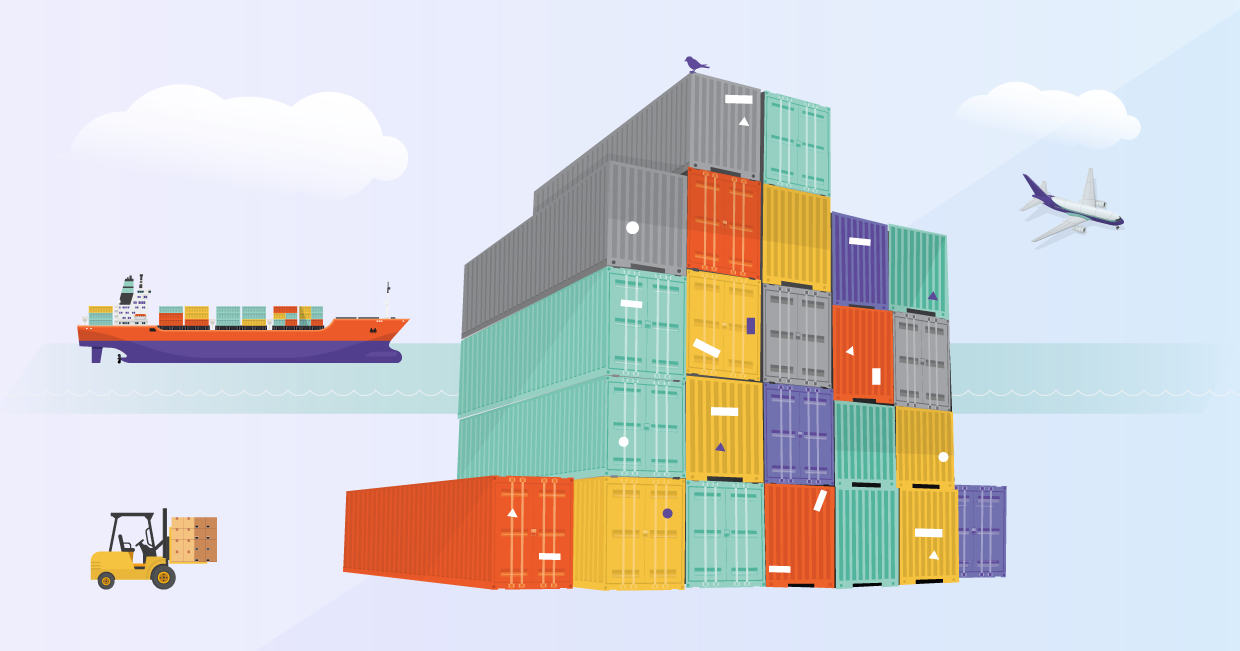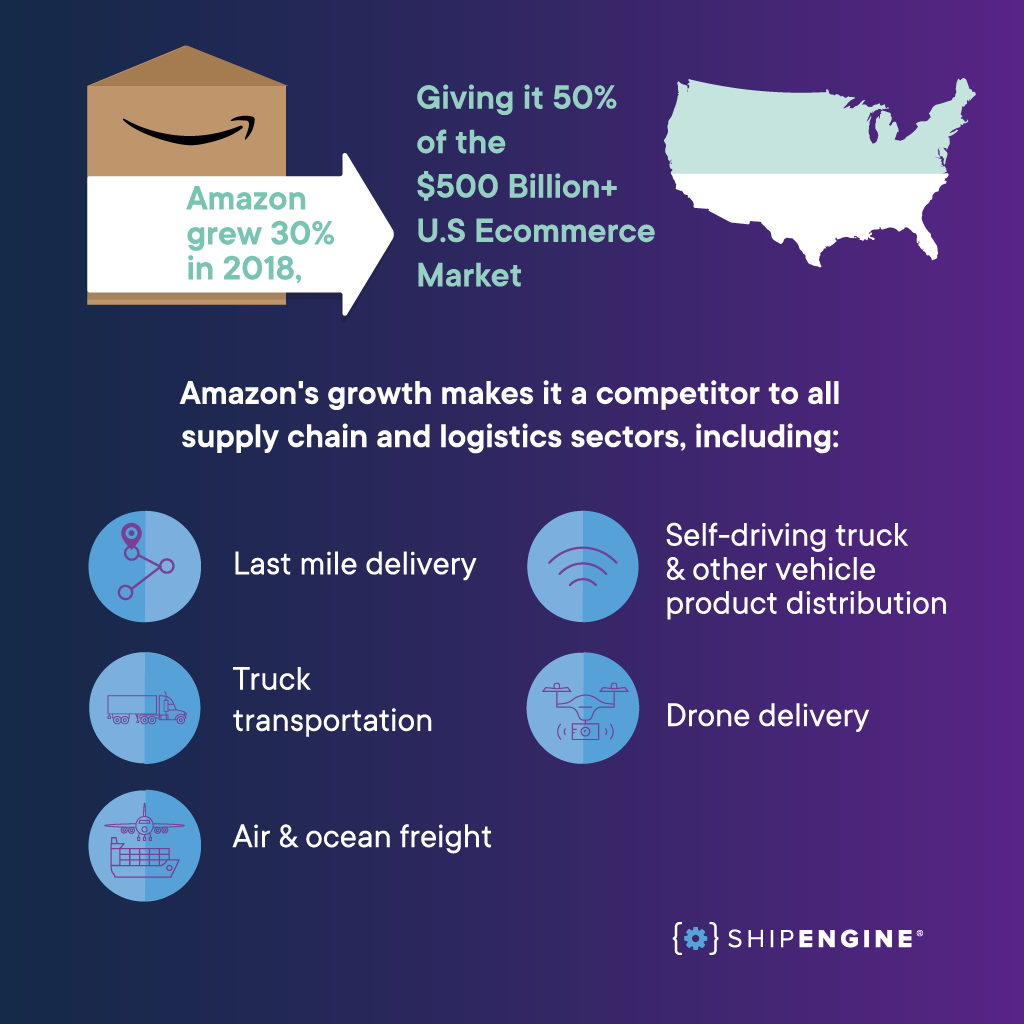
Ready or not, a new decade is here, and with it comes new challenges for the supply chain and logistics industry. While the past few years have offered many challenges for logistics professionals, such as increased shipping rates and trade agreement uncertainty, 2020 has taken the complexity of operating a 3PL warehouse to another level.
For the past three years, 3PL Central’s State of the Third-Party Logistics Industry Report has shared best practices as well as industry trends to help 3PLs achieve success.
This year’s report shares five topics to help those especially interested in ecommerce and omnichannel strategies. Download a full copy of the report here and learn the must-haves for maintaining and expanding logistics businesses.
The Growing Requirement for 3PLs to Add Value via Business Intelligence & Analytics
Forward-thinking 3PLs should see the vast amount of information flowing through their fulfillment chains as a potential goldmine. When properly harnessed, it can enable warehouses to deliver significant value to both their customers and partners. It’s no wonder that predictive analytics ranked as the top technology to be implemented in third-party logistics warehouses in 2019. 3PL warehouses should start by implementing warehouse management software (WMS) that offers business intelligence and analytics. This will help satisfy customers who not only demand high-quality delivery but also predictive analytics on how their business is performing. These tools will enable these 3PLs to do the following:
- Better predict future demand and requirements to establish a baseline
- Help customers better manage their inventory and incoming orders
- Spot positive trends and potential problems for order status details
- Anticipate future workloads and estimate peak season task management
- Manage resources to help with profitability, such as parcel spend, accessorial charges, and shipping times
The Inevitable Pressure to Automate Processes and Become a ‘Paperless’ Warehouse
Automating operations and adding “paperless” functionality can greatly improve a 3PL’s ability to increase output and shipping, reduce manual errors, and limit training requirements for warehouse staff. In 2019, 3PL Central introduced the 3PL Intelligence Initiative, a comprehensive program based on more than 250 hours of extensive research with 3PL warehouses dedicated to delivering best practices to third-party logistics professionals. This research identified the need to move traditional paper-based tasks to modern paperless workflows that deliver complete visibility into operations for management and customers as a high priority.
Integrated picking, packing, and shipping software from within their warehouse management platform will help 3PLs increase their fulfillment speed—while reducing their costs and eliminating the lost time and inevitable errors that are inherent with manual input.
Given today’s realities, switching to a more automated and “paperless” environment is the best way 3PLs can keep up with the accelerating pace of ecommerce and escalating demands of their customers and shoppers.
The Growing Impact of ‘The Amazon Effect
Amazon continues to expand their presence across the entire supply chain and logistics ecosystem, exerting what has been called “The Amazon Effect” on almost every aspect of the 3PL industry. And nowhere is this impact stronger than ecommerce. Amazon saw 30% growth in 2018 sales, giving it a shocking 50% of the $500 billion+ U.S. ecommerce market. That makes them a formidable competitor for every one of your 3PL’s ecommerce clients. Amazon continues to disrupt the supply chain and logistics industry—not just ecommerce. In a regulatory filing in 2019, Amazon listed “transportation and logistics services” companies as competitors. Additional sectors include the following:
- Last mile delivery
- Truck transportation
- Air and ocean freight
- Self-driving truck & other vehicle product distribution
- Drone delivery

For many 3PLs, the biggest threat Amazon poses may still be their Fulfillment By Amazon services, introduced in 2006. The company continues to expand its own 3PL service offerings to merchants through a series of partnerships, acquisitions, and technological applications, according to firm Armstrong & Associates, Inc. The firm has predicted that “Amazon’s growth—in the form of third-party sales, international expansion, and new product categories—will cause Amazon to present increasing competition to 3PLs.”
The Increasing Expectations of Ecommerce Customers
Welcome or not, Amazon’s dominance of ecommerce has almost single-handedly upgraded expectations of all online shoppers. This has placed substantial pressure on 3PLs, their delivery partners, and the ecommerce retailers they serve.
On the positive side, “The Amazon Effect” has helped many ecommerce retailers realize how critically important 3PLs are to their success, as online stores are largely fueled by their customers’ offline experiences.
For example, a negative shipping experience can have an irreparable impact on a customer relationship. About 84% of consumers say that they won’t return to a brand after just one poor delivery experience. Furthermore, 89% of younger consumers are likely to promote a brand as a result of a positive customer experience.
Average ecommerce shoppers now expect the following:
- Total, real-time visibility of available inventory 24/7
- Nearly unlimited product choices
- Free two-day shipping guaranteed almost anywhere in the U.S.
- Additional shipping options such as same-day—or within hours
- Options to have products delivered or available for in-store pickup
- 100% accurate, fast, and perfectly branded fulfillment of orders
- Real-time visibility into product tracking and delivery
- The ability to change the final destination of a product mid-delivery
- Easy-to-follow and 100% hassle-free returns of products
The Expanding Requirement to Integrate Systems, Partners, and People
Today’s third-party logistics warehouses sit at the epicenter of the modern global supply and fulfillment chain. As of 2018, according to Armstrong & Associates, 86% of domestic Fortune 500 companies use 3PLs for logistics and supply chain functions.
As the only partner directly connected to every player along that chain, 3PLs must ensure that the terabytes of data processed on a daily basis flow through without any flaws or disconnections.
This will require 3PLs to create protected, comprehensive, and transparent connections throughout the entire length of their supply and fulfillment chains that integrate with a wide range of systems prior to a sale, such as:
- Supplier and retailer API and EDI systems
- Enterprise level supply chain management
- Third-party picking, packing and shipping software within their 3PL
- Brick and mortar inventory management systems
- Ecommerce shopping carts
- Customer ecommerce websites
Conclusion
This year started with promise but will present more challenges to the 3PL industry than ever before. Even before factoring in health and economic crises, 3PLs were under pressure from a variety of sources. The warehouses that survive in this challenging environment will be well positioned to capitalize on the growth when these crises pass, but need to leverage the right technology partners to weather this storm.
Our State of the Third-Party Logistics Industry Report is designed to help you overcome challenges and seize opportunities. Download your copy now.



Leave a Reply